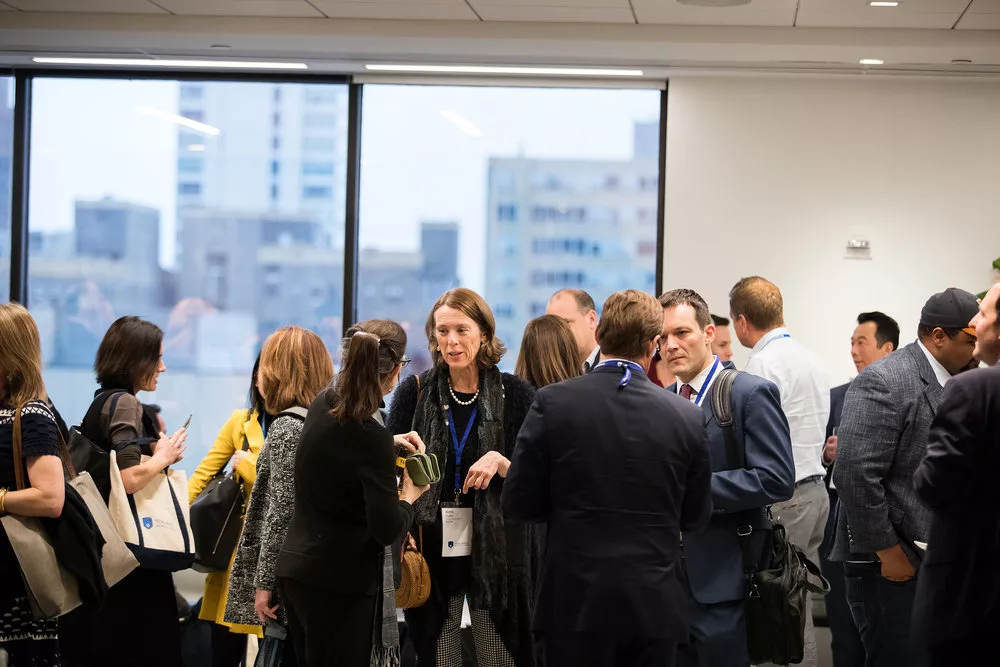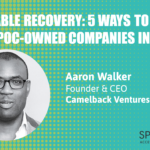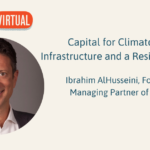A SOCAP Guest Post By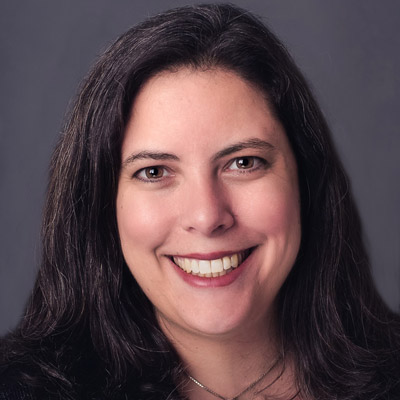
Dorrit Lowsen
Change Finance
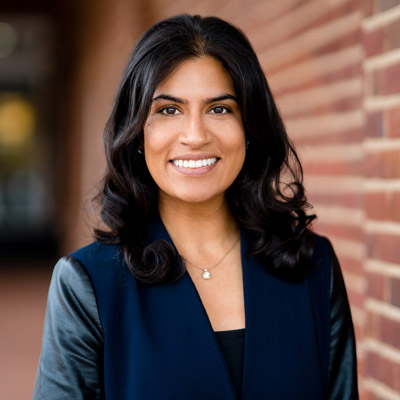
Rehana Nathoo
Spectrum Impact

Jake Raden
Swell Investing LLC

Yuliya Tarasava
CNote
To bring more of the SOCAP Community into the conversation, we invited SOCAP18 session leaders, speakers, and attendees to share their major insights and takeaways from the conference.Values matter. In a world where what we stand for guides how we act, think, engage, and work, aligning our dollars with the things we believe in is a tool that should be available to all.
But as impact investing – the practice of intentionally generating financial returns alongside environmental, social, or governance impact – has grown, access has not. Most of the impact financial vehicles available today are reserved for accredited investors (i.e. in the U.S., that represents those with a net worth of $1M or more or have an annual income of $250,000 or more.)
And yet we’re entering a period of increasing power for the unaccredited.
Last week at the 2018 Social Capital Markets conference, we got together to deliver a workshop around “Democratizing Impact Investing.”
Here are some of our reflections and takeaways about our hopes for a truly accessible marketplace:
Recognizing the power of the “heirs to the throne.”
The most alarming part of the current discourse is how significantly we ignore the unique opportunities and challenges of the millennial customer base–a big, powerful base. By 2020, more than half of the US workforce will be made up of millennials. And the forthcoming wealth transfer – which will see inheritances move from the Boomer generation over to their children and grandchildren – will create many more newly wealthy millennials (with more decision making power to go with it.) Broadly, the millennial generation is disproportionally indebted, under-earning and highly values-aligned. Without engaging forthcoming generations of the upwardly mobile into an active conversation about impact investing, we may miss out on all of that risk-adjusted capital that could inch us closer to financing problems we care about the most.
Dispelling the myth about concessionary returns, once and for all.
For much of its history, impact investing has lived in a bubble between philanthropy and “real” investing. The dirty secret of early-stage impact investing is that exits remain few and far between. Just as there still are, and likely will always be, problems that are best tackled through pure philanthropy, there are and will always be high-impact businesses that are best served by patient impact investors. The myth that impact investing always involves concessionary returns (i.e. sacrificing returns in favor of impact) derives from this narrow definition of impact investing. The rise of values-aligned mutual funds and their newer cousins, exchange-traded funds (ETFs), have made it much easier for ordinary people to be impact investors and a number of these products are consistently tracking or even outperforming the markets. A growing body of evidence suggests that over the long-term investing in companies with the best sustainability practices is not just feel-good, it’s also good investing. Barron’s reports that the 100 companies on its first-ever most-sustainable companies list substantially outperformed the S&P 500 last year. For those of us who are counting on reasonable growth in our investment portfolios to help fund our retirement, the news couldn’t be better. We absolutely can invest for impact and expect a healthy return.
Enough – there’s impact in every asset class.
We are fearful of what we don’t know. Though the concept of “aligning money with values” is as old as the world (think of lending money to someone that might be in need), impact investing – for whatever reason – often gets presented as a “new thing.” And like all new things, it gets classified as it is own asset class, often in the “alternatives” category along with derivatives, hedge funds, commodities. By definition, alternatives often encompass a whole range of financial vehicles for which you need to be (1) rich enough to access and (2) know “the guy who’s involved”. That framing is inherently unscalable. Today, all of us can create long lasting impact and make a real difference in the world by saving and investing our money in the myriad of products across asset classes: savings accounts at community banks, notes issued by non-profits, social responsible ETFs and mutual funds, direct investment in social enterprises and so on. There is impact in each asset class–negative and positive–and there has always been. It is our choice to decide the kind of impact our dollar will have.
Impact is coming for you too.
As demand rises for socially responsible and impact investing, more products are hitting the market with lower minimums and digital offerings. Much of the demand is driven by younger investors, with 84% of Gen Z investors and 78% of millennial investors saying that they have either already started investing in socially responsible and impact strategies or plan to in the future.
In addition to driving up overall interest in these strategies, Gen Z and Millennial investors want these impact strategies to take center stage in their portfolios. Nearly one in three (31%) of Gen Z investors aged 18-24 and a quarter (25%) of Millennial investors aged 25-37 would allocate 50% or more of their portfolio to socially responsible investing.
Whether you’re one of the converted or a lifelong skeptic, understanding and acknowledging the impact your investments already have is a necessary part of the process. As we truly democratize access to impact investing, we look forward to an inclusive conversation of just where the impact marketplace is heading.
